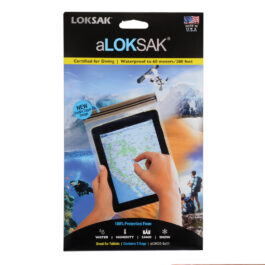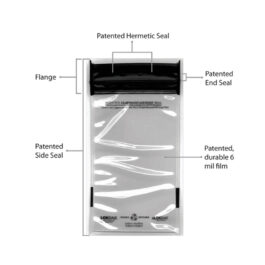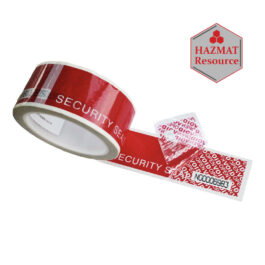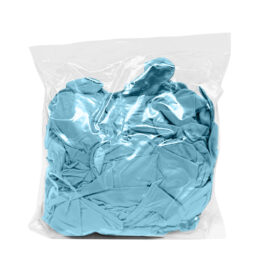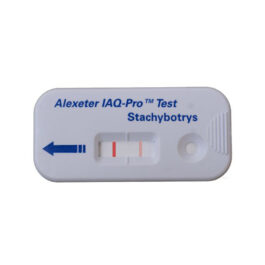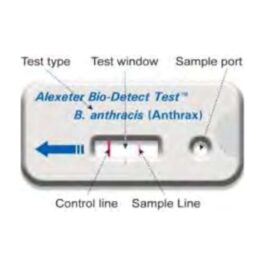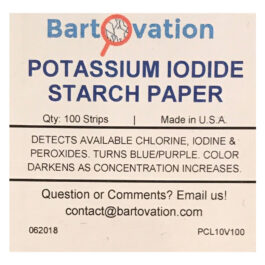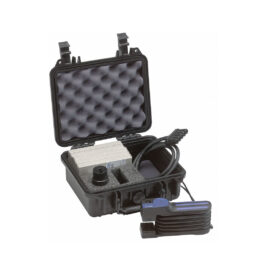
Pepper Spray Detection Kit – Capsaicin Test Strips
$53.90
Our Pepper Spray Detection Kit – Capsaicin Test Strips were developed to help first responders, law enforcement and hazmat teams identify the presence of pepper spray on-scene. Read more below about why the identification and detection of pepper spray may be needed.
- Capsaicin Test Kit includes paper test strips, capsaicin liquid reagent, water & instructions.
- Made in the USA.
- Meets Cal OES MEL 2.4.6 requirements
Description
Pepper Spray Detection Kit – Capsaicin Test Strips are a reliable and quick way to confirm the presence or lack of capsaicin used in pepper spray. Especially important in emergency response situations is the fast identification of unknown chemicals, toxins, or odors. For law enforcement or venue & event personnel swift confirmation of pepper spray discharge may be needed and subsequently reduce the need for HazMat responder calls.
With few options to detect pepper spray on the market we are sharing some uses of our exclusive capsaicin testing kit:
- Firefighters or HazMat team members having another tool to identify unknown substances and odors. Our test strips can be used to complement a field detection kit like the HazCat Pro.
- Law enforcement can quickly confirm if pepper spray was discharged at a scene to help in planning an appropriate response that may include donning gloves and other PPE, cordoning off areas, and detaining suspects who may have discharged pepper spray. The suspects hands and clothing can also be tested on-scene for additional evidence collection. We offer a wide array of evidence collection supplies including gloves, swabs, collection bags, jars and more.
- Venue and event personnel are often pulled into attendee situations that have escalated. The ability to quickly confirm if a reported odor or irritant is pepper spray can help them rapidly decide on appropriate next steps. Do they need to find offenders, call for law enforcement, cordon off areas, or begin cleanup efforts? Knowing can save time, money and help protect those in the area.
- Cal OES and their Standardized Equipment List has a requirement for HazMat teams to carry a pepper spray tester. Listed as “SEL 2.4.6 INCAPACITATING AGENTS Detection: For Capsicum, also known as MACE, CN, CS-CN.”.
- Unknown substance identification to complement a wide-array of field identification solutions that firefighters, HazMat teams and other first-responders often use. Knowing that a substance IS or IS NOT pepper spray can be important.
- Laboratory detection and identification is another area of use where the ability to determine if a liquid, solid, food, drink or other substance contains Capsaicin is requested in lab reporting.
- Restaurants and professional food manufacturing facilities that need to confirm the presence or lack of capsaicin for ingredient lists or contamination reports. Not all ‘hot’ or ‘spicy’ foods are created with capsaicin; wasabi, horseradish, and mustard get their heat from allyl isothiocyanate, black pepper from piperine, and ginger from gingerol.
Pepper Spray Test Method 1 (Dry Method)
- Wearing gloves, remove two test papers from the amber bag.
- Set one test paper aside for use as a blank test.
- Wide the area to be tested with the second test paper, contacting the top half of the paper with the surface.
- Add a drop of liquid Capsaicin Reagent to each test paper.
- Wait 15 seconds. Evaluate any color development.
See images for comparison >>
Pepper Spray Test Method 2 (Wet Method)
- Wearing gloves, remove two test papers from the amber bag.
- Using the water bottle, place 2 drops of water on one end of each test paper.
- Set one test paper aside for use as a blank test.
- Wide the area to be tested with the second test paper, contacting the wet portion of the strip with the surface.
- Add a drop of liquid Capsaicin Reagent to each test paper.
- Wait 15 seconds. Evaluate any color development.
See images for comparison >>
Cal OES MEL List – Firescope Hazardous Materials Minimum Equipment List (MEL)
This pH Test Strips 1-14 meets the requirements for the Firescope MEL List. To see all of the MEL products that HAZMAT Resource provides visit our California MEL List page >>
Cal OES MEL 2.4.6 INCAPACITATING AGENT DETECTION: Specifically, pepper spray.
Required minimum: One test kit required for Type 1 teams. Optional for Type 2 and Type 3 teams.
For Detection of Capsaicin
In the past the detection of capsaicin was difficult, time-consuming and expensive; often being performed in the laboratory using high-performance liquid chromatography–mass spectrometry. We developed our pepper spray test kit using familiar test strip technology as a low-cost, reliable way to quickly test for the presence of pepper spray on fabric, skin or other surfaces.
Pepper Spray Information
Pepper spray, oleoresin capsicum spray, OC spray, capsaicin spray, or capsicum spray is a lacrimator (tear gas) product containing the compound capsaicin as the active ingredient that irritates the eyes to cause burning and pain sensations, and temporary blindness. Pepper spray is used as a less lethal weapon in policing, riot control, crowd control, and self-defense, including defense against dogs and bears. It’s inflammatory effects cause the eyes to close, temporarily taking away vision. This temporary blindness allows officers to more easily restrain subjects and permits people in danger to use pepper spray in self-defense for an opportunity to escape. It also causes temporary discomfort and burning of the lungs which causes shortness of breath.
The active ingredient in pepper spray is capsaicin, which is derived from the fruit of plants in the genus Capsicum, including chilis in the form of oleoresin capsicum (OC). Extraction of OC from peppers requires capsicum to be finely ground, from which capsaicin is then extracted using an organic solvent such as ethanol. The solvent is then evaporated, and the remaining waxlike resin is the oleoresin capsaicin.
An emulsifier such as propylene glycol is used to suspend OC in water, and the suspension is then pressurized to make an aerosol pepper spray. Other sprays may use an alcohol (such as isopropyl alcohol) base for a more penetrating product, but a risk of fire is present if combined with a taser. Excerpts from Wikipedia
Additional information
| Weight | 1 lbs |
|---|---|
| Dimensions | 4 × 4 × 6 in |
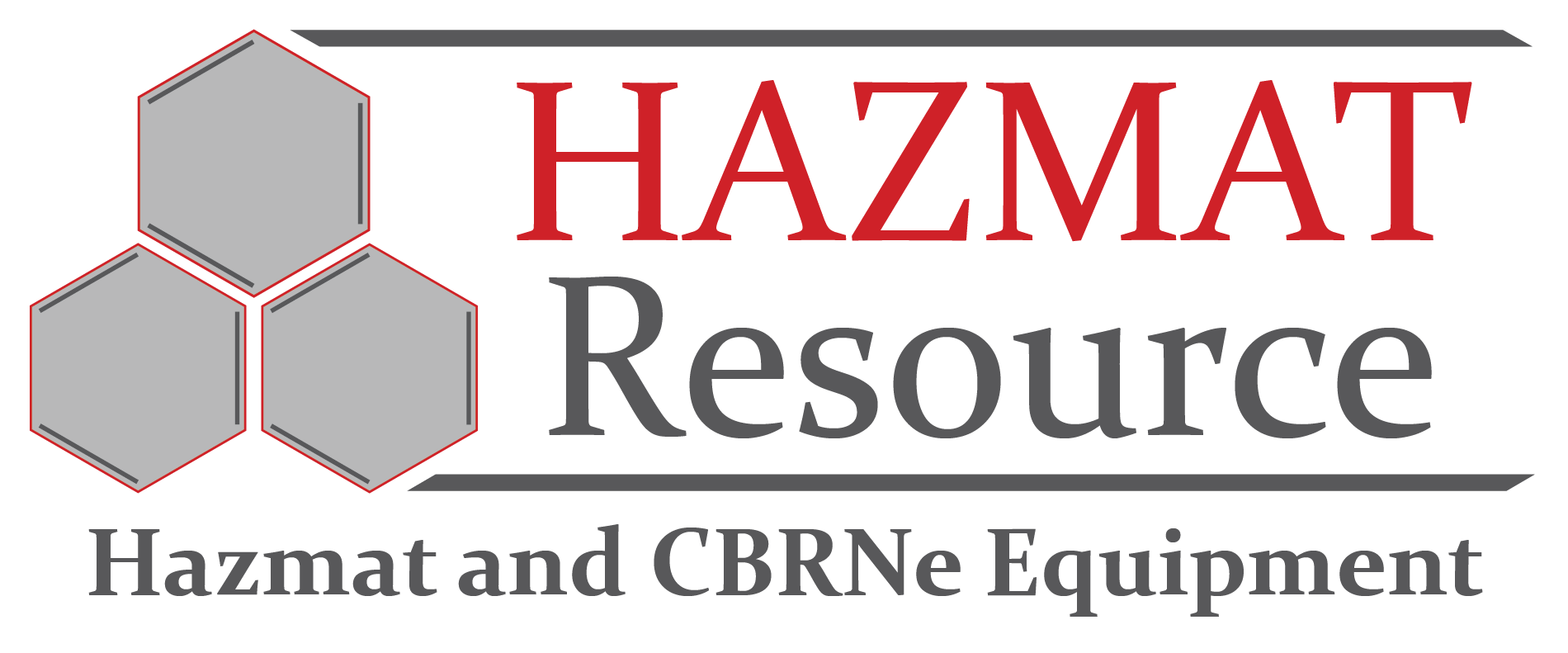
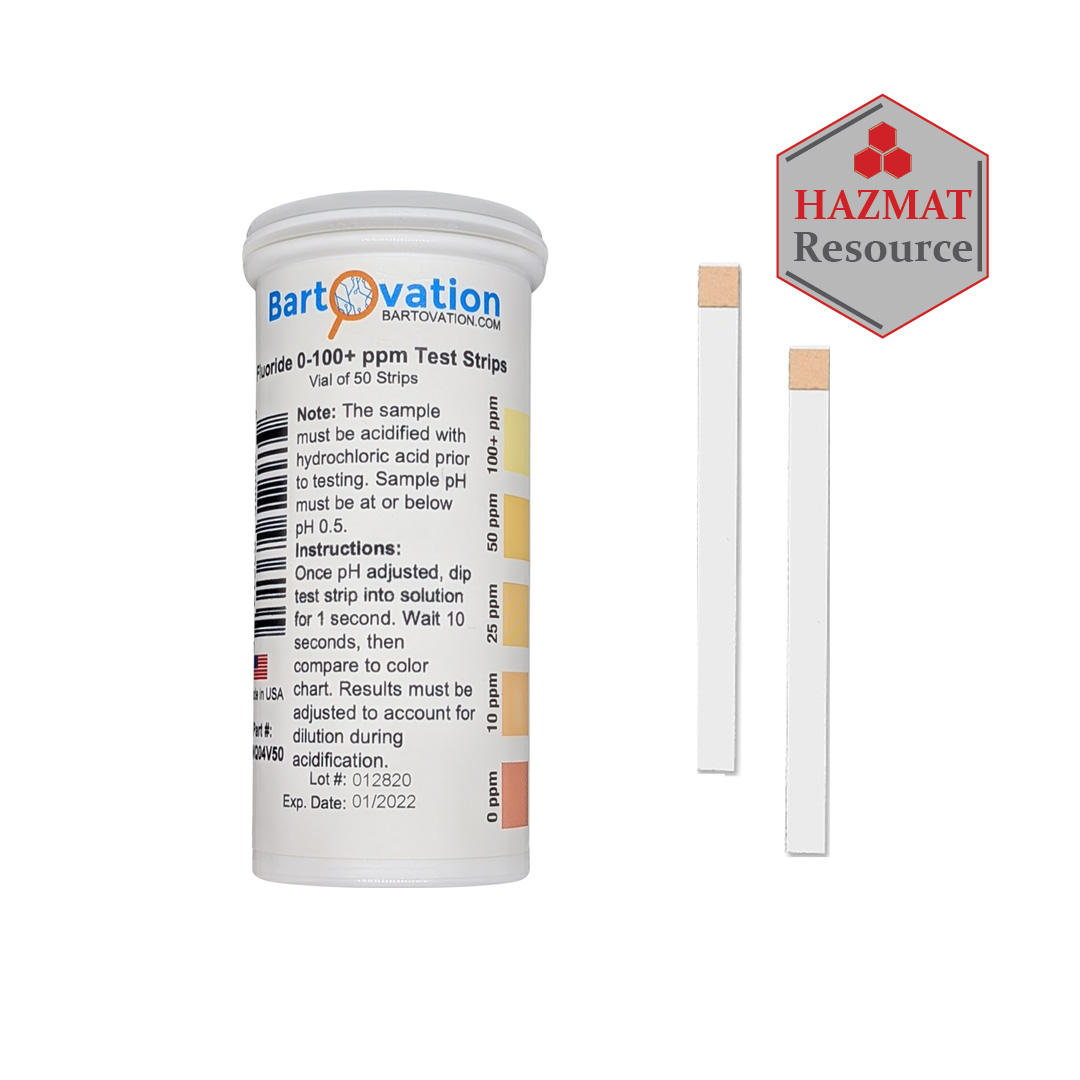
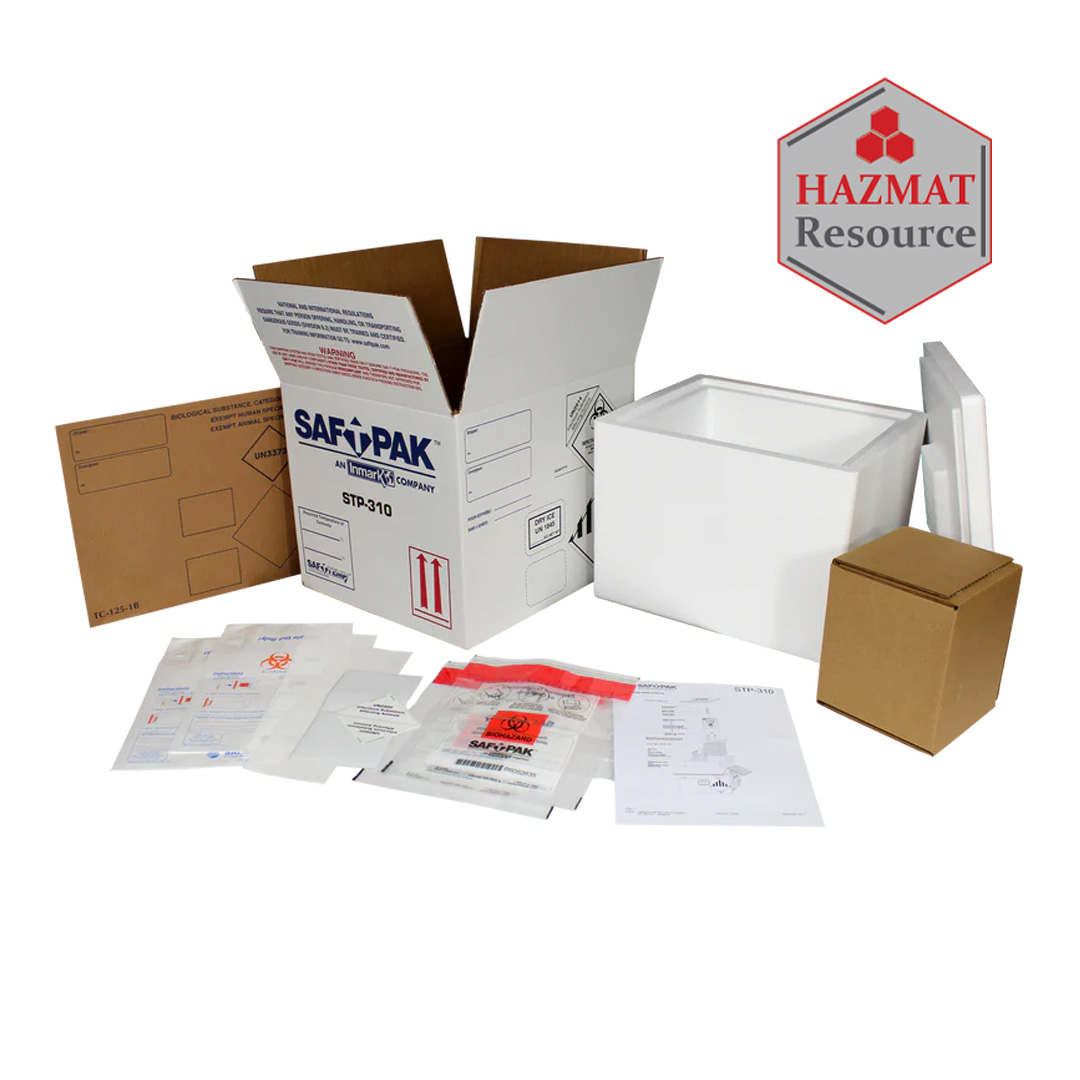
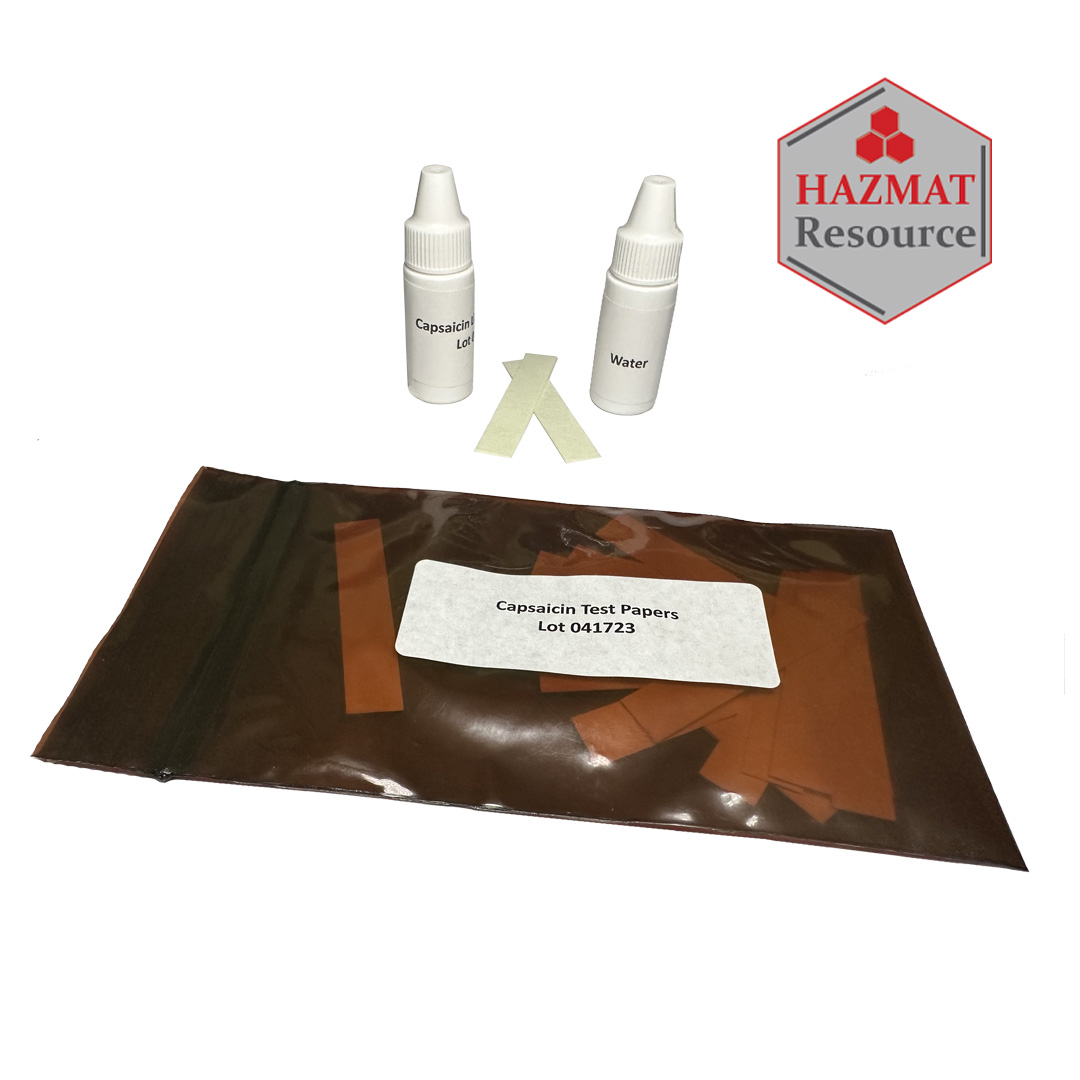
![pepper-spray-detection-kit-capsaicin-instruction-card-preferred-method-[draft]-v2 Pepper Spray Detection Kit Capsaicin Manual HAZMAT Resource](https://hazmatresource.com/wp-content/uploads/2023/08/pepper-spray-detection-kit-capsaicin-instruction-card-preferred-method-draft-v2.jpg)
![pepper-spray-detection-kit-capsaicin-instruction-card-alternative-method-[draft]-v2 Pepper Spray Detection Kit Capsaicin Instructions HAZMAT Resource](https://hazmatresource.com/wp-content/uploads/2023/08/pepper-spray-detection-kit-capsaicin-instruction-card-alternative-method-draft-v2.jpg)

